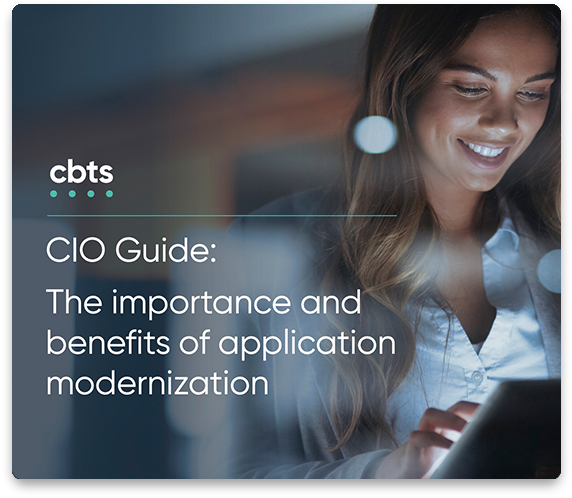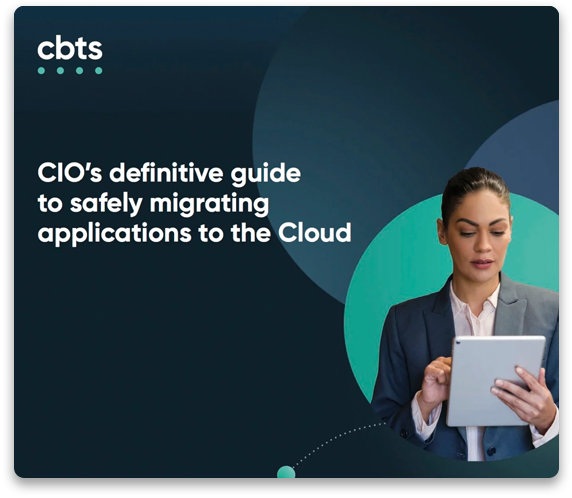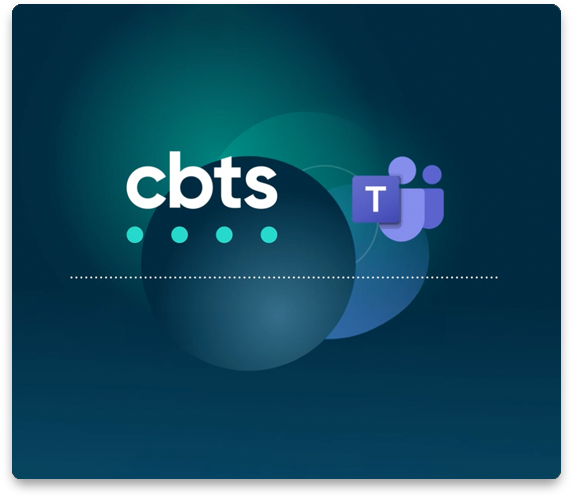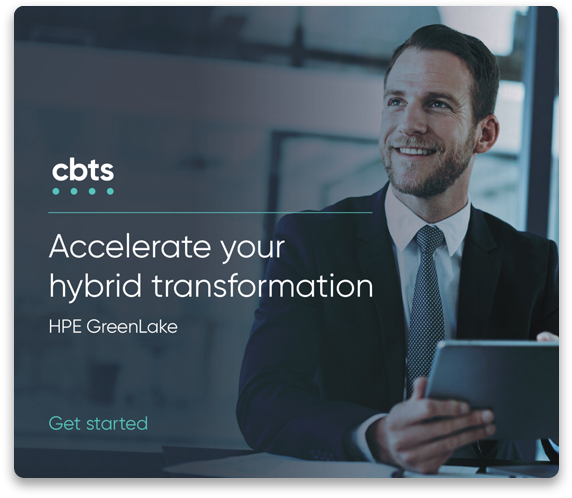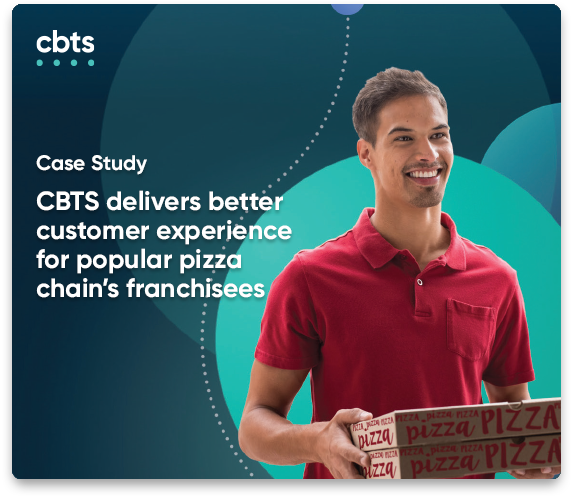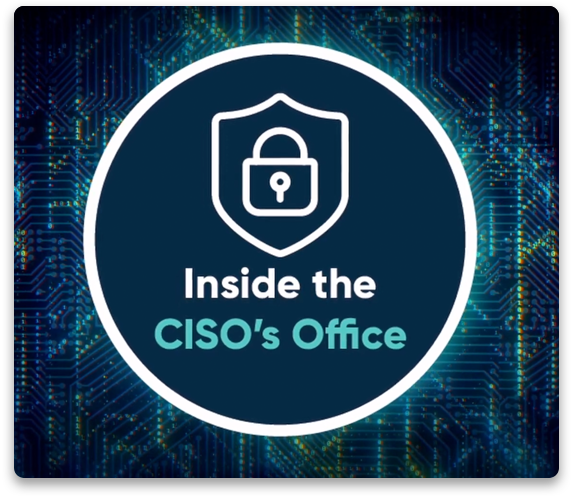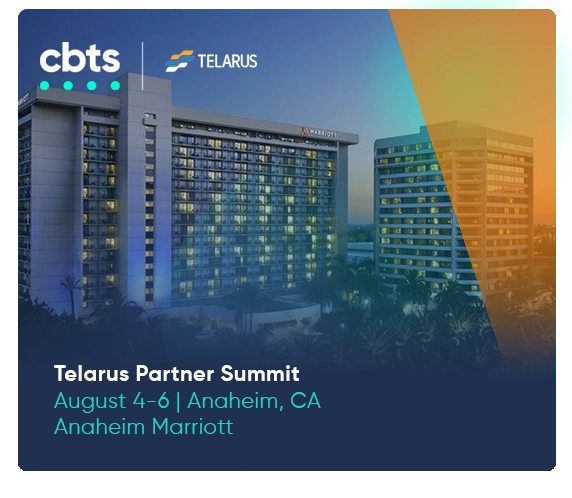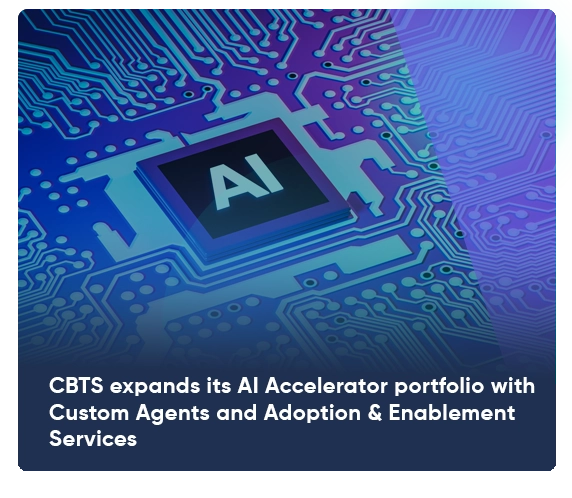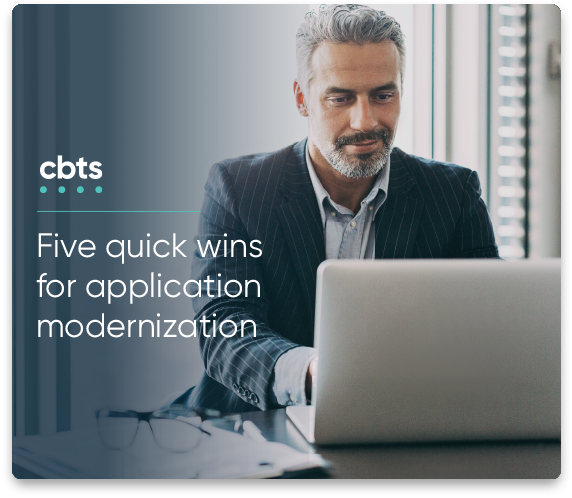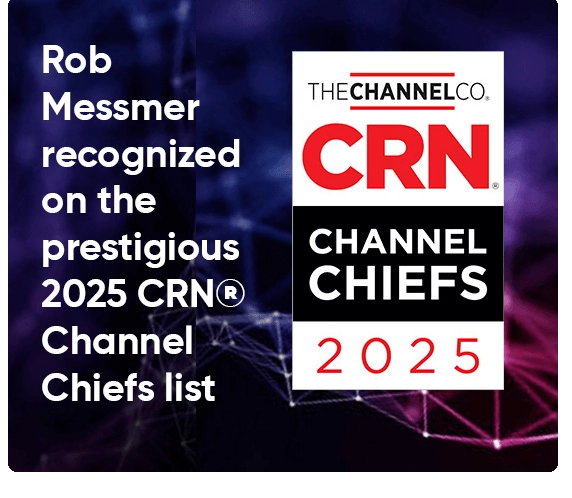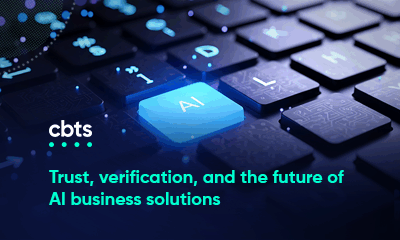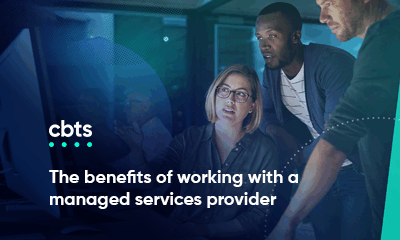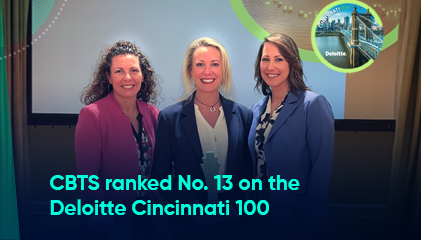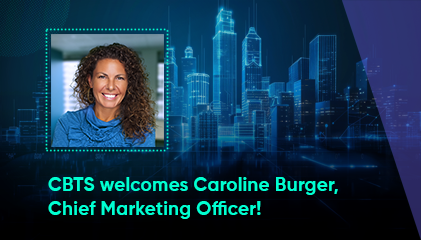
Enterprise networks continue to complexify. Hybridized, layered environments spanning cloud and physical infrastructure demand expert administration, meaning resource shortages can stymie an organization’s growth.
Even with enough staff and the right skills, next-generation enterprise networks quickly become too expansive for humans to administer in a timely fashion. In response, organizations are turning to artificial intelligence for help in the form of AIOps.
An AI-powered network can monitor and even manage at the scale required by leading-edge enterprise infrastructure, but it is not without its hurdles. AI implementations are computationally demanding, highly dependent on quality training, and, crucially, relatively new. Experts continue to uncover the edges of their cybersecurity and regulatory concerns, and the boundary will keep shifting for years to come. Nevertheless, AI-native networks are already fueling tremendous growth, and organizations that fail to embrace AI will find themselves left behind.
Caught between stagnation and risk, many organizations are asking themselves three key questions about embracing AI networking:
- Is it safe?
- Does it work?
- Are we ready for it?
This post will examine the challenges to AI networking that underlie these key questions and outline a way forward for growth-oriented organizations.
Is AI networking safe?
Security, privacy, and regulatory compliance are understandably a primary concern for organizations in an era when cyber threats are more sophisticated, and consumers are more privacy-aware than ever. Uncertainty about how to properly secure any AI implementation, much less one as central to your operations as networking, is a chief source of hesitation for many leaders. Before they move forward, they seek to answer how they will:
- Secure data and systems against a malicious attack.
- Protect sensitive information from disclosure by AI models that can behave unpredictably.
- Ensure compliance with all relevant regulations, both now and as they evolve.
Cybersecurity
Embracing AIOps can enhance your cybersecurity posture, if you let it. The more data streams you can provide to an AI model, the more context-sensitive and refined its outputs can become. AIOps already seeks to understand and optimize your network configuration. Provided with up-to-the-minute threat intelligence, AIOps can integrate with AI-driven cybersecurity to identify and mitigate threats in real time, bringing your security operations in line with the speed of modern cyber threats.
Data privacy
Regularly appearing in the headlines are stories of consumers (or, for that matter, threat actors) eliciting unexpected or compromising behavior from early adopters’ public-facing AI implementation models. From these growing pains, however, experts have developed increasingly rigorous training and testing practices that toughen customer-facing AI against exploitation.
In addition to careful training and extensive prompt testing before a model is opened to the public, the fundamentals of data protection are also still applicable to AI implementations. Enterprises can shield sensitive data from exposure or misuse by limiting data collection, maintaining transparency in the usage of personal data, and isolating especially private information from public-facing AI models.
Compliance
AI technologies are evolving faster than the regulatory infrastructure around them. In practice, this means that what works one week may no longer be permissible the next and could place organizations at risk of fines or reputational damage. Staying current with your applicable regulatory landscape is essential to a successful AI implementation, and to this end, partnership with third-party experts is enormously helpful. An external adviser can remain more singularly focused on regulatory updates and ensure that necessary changes are applied to your environment—perhaps even before you know changes are necessary.
Does AIOps work?
Can AI networking be reliably integrated with your organization’s existing technology stack, and what’s more, will your workforce embrace and use it? Even if the technology is successful, its ROI will be lessened if employees remain unconvinced of its value or accuracy. Faced with this uncertainty, many technology leaders opt to stick with what they know—and, in so doing, limit their organization’s potential for transformation.
Key priorities include:
- Ensuring successful integration across the broadest possible range of systems.
- Confirming and refining the accuracy of AI model outputs.
- Reducing hesitation and driving adoption through employee education.
Integration and accuracy
AIOps grows more accurate as it incorporates more data streams. The more of your systems that are visible to your AIOps platform, the better the predictions it can develop and the recommendations it can make to IT staff—including incorporating non-technical business data wherever possible. But making that data available to your AIOps engine, especially if some of it still resides in legacy network architecture, can be a challenge.
Effective AI implementation begins long before the actual installation of a platform, with audits of data sources, infrastructure modernization, and integration assessments. Ensuring high-quality output from an AI model demands a significant investment in the input—but AI can be a powerful motivator for organizations to undertake a transformation that will only get more difficult the longer they wait.
Driving adoption
Hesitation concerning AI implementations is not limited to the leadership level. Plenty of consumers and employees raise questions about the efficacy and ethics of AI usage that can limit its adoption and, therefore, its potential. However, ensuring accuracy and making the case for the value AIOps will provide to your teams can go a long way toward assuaging concerns. Transparency throughout the process is key—allowing staff to raise questions and provide insight will increase comfort levels and reassure your teams that the solution is intended to enhance their success.
Is your organization ready for AI implementation?
AIOps involves the collection, storage, maintenance, and analysis of large quantities of data. Organizations still operating off legacy infrastructure require a genuine transformation to implement at scale. The scope can appear daunting, but the reality is that enterprises will need to make the transition to next-generation networking sooner or later—and the more they delay, the further behind they fall.
Technology leaders preparing for AI should first consider the following:
- Cleaning up data sources for model training.
- Ensuring the infrastructure can meet AI’s computational needs.
- Acquiring access to resources with the skills to implement and manage AI properly.
To cope with the quantities of data being stored, processed, and transmitted, a modernized network infrastructure is essential. Detailed monitoring is necessary to provide the training data for AIOps engines. Cloud integrations may be necessary for storage and processing capabilities, while high bandwidth and a flexible, scalable architecture are important for reliable transmission and growth.
Expert support is critical as you evaluate each potential AI data source and plan to integrate or modernize as needed. Experienced solutions providers help enterprises streamline the process, as they can more quickly assess the effectiveness of current infrastructure and have the necessary skills to facilitate integration. Fortunately, AIOps can be both agent and beneficiary of modernization. As your AIOps engine grows in scope and effectiveness, it can begin to automate and simplify the management of your evolving network, helping your strategy gain momentum.
Read more: Palo Alto Networks Prisma SASE: Bolstering network resilience in the era of AI
CBTS is the AIOps expert forward-looking enterprises need
AI implementation is a daunting prospect—and justifiably so. It involves developing a new skill base internally, reevaluating the bulk of your technology stack, and adding new elements to your cybersecurity approach, to say nothing of communication with stakeholders.
It’s no surprise that leading enterprises are choosing to partner with experts. CBTS has extensive experience with successful enterprise solutions and AI-powered networks, preparing us to serve as strategists for organizations mapping the route to AI readiness. To begin clearing the hurdles on your road to AI, contact CBTS today.

